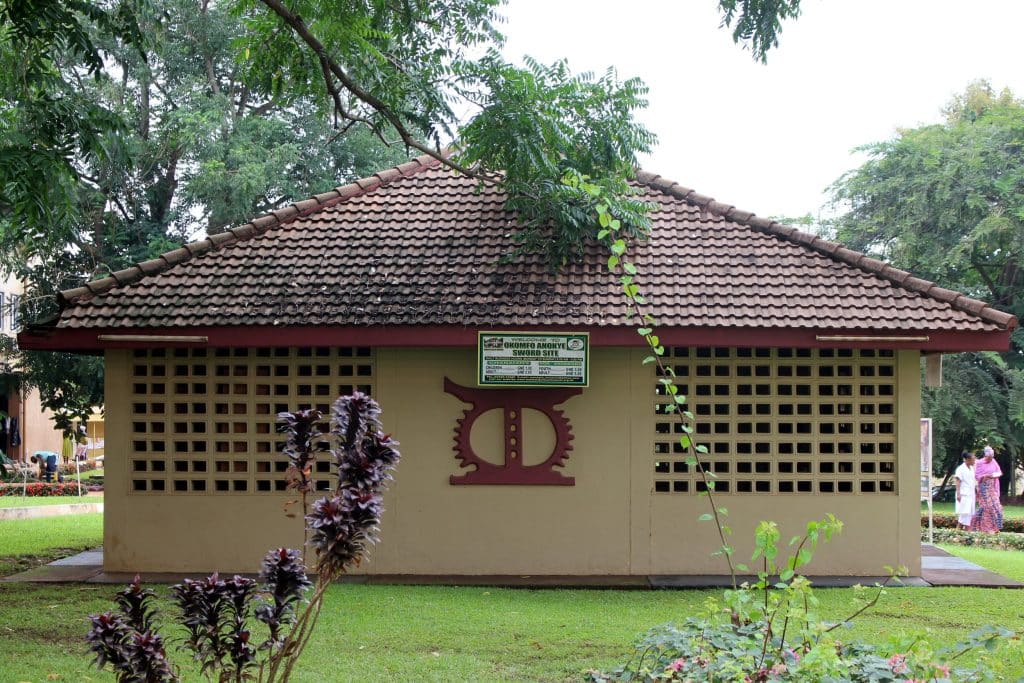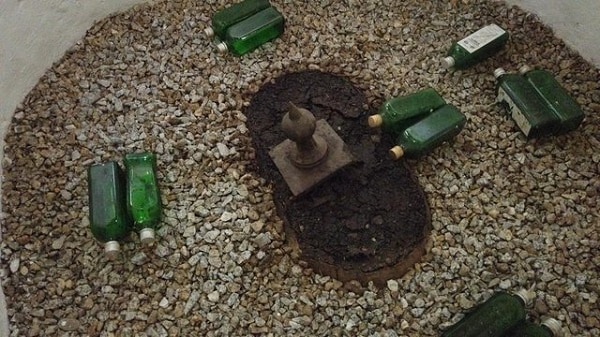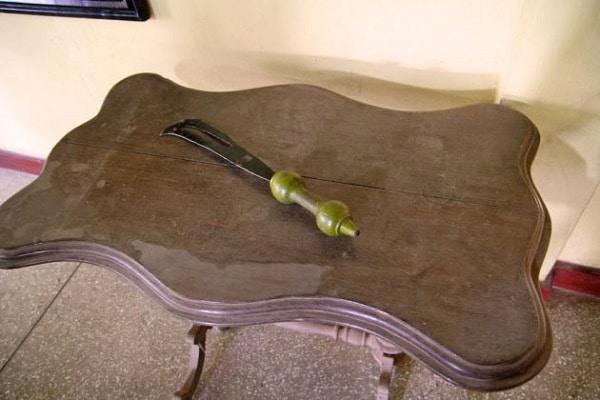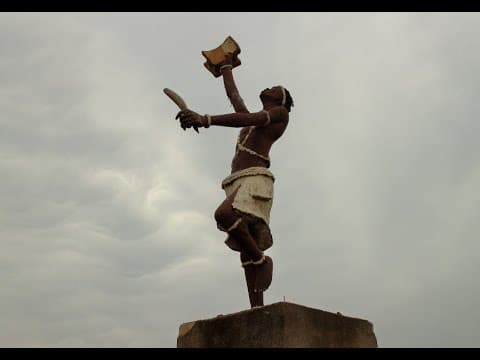The Okomfo Anokye Teaching Hospital, a renowned medical facility in the Ashanti region of Ghana, is not just any hospital. It has a unique and fascinating history that dates back over 300 years. The hospital is situated on the site where Okomfo Anokye, a powerful Asante priest, planted an unmovable sword into the ground, and the sword remains there to this day.

Legend has it that Okomfo Anokye, also known as Anokye Supremo, used his supernatural powers to thrust the sword into the ground. He prophesied that no one would be able to remove it and that it would serve as a symbol of the Asante nation’s unification and strength. The sword, which was planted almost 300 years ago, has withstood the test of time and remained firmly stuck in the ground, despite numerous attempts to remove it.

One of the most fascinating aspects of the story is that several people have tried to pull out the sword over the years, but all have failed. Even the legendary boxer Muhammad Ali attempted to remove it when he visited Ghana in 1964, but the sword refused to budge. It is said that if anyone ever succeeds in pulling out the sword, the Ashanti state would collapse, which adds to the mystery and intrigue of the story.

The Okomfo Anokye Sword site is now considered one of the wonders of the world and one of the centerpieces of the Asante nation’s rich history. It is located on the grounds of the Komfo Anokye Teaching Hospital, which is named after the famous priest. The hospital itself is a state-of-the-art facility that provides high-quality healthcare services to patients from all over Ghana and beyond.
About Okomfo Anokye
Okomfo Anokye was a prominent figure in the history of the Ashanti Empire, where he served as the first priest (Okomfo). He played a significant role in expanding the empire’s boundaries and codifying its constitution and laws. Anokye’s birth is said to have taken place in Ghana, around the year 1655. According to Akuapem tradition, his parents were Ano and Yaa Anubea, both from Awukugua in the Nifa Division of the Okere state.

Origin of his name
Anokye’s name originated from an interesting incident that happened during his birth. It is said that he was born holding a short white tail of a cow (Podua) in his right hand, and his other hand was so firmly clenched that no one could open it. A woman who attended his mother’s labor tried to open his hand, suspecting that there was something inside.
Anokye’s father was called to assist, and as soon as he arrived, Anokye opened his eyes, stared at his father, quickly opened his clenched hand, and said, “Ano….Kye” in the Guan language, which means “Ano…see,” and handed his father what was inside. It was alleged to be a talisman, and from that incident, Kwame Anokye Frimpon Kotobre got his name “Anokye.”
Unification of the Ashanti people
To break free from the Denkyira yoke, a powerful unity that transcended the particularism of the Ashanti segments was required, and Anokye used not only the political influence of his priesthood but also the spiritual ties it fostered to transform the loose Ashanti alliance into a “national” union in 1695.
Anokye and Tutu established Ashanti state rituals and customs to counteract the influence of local traditions. They chose Kumasi as the Ashanti capital. They then established a state council of the chiefs of the previously admitted states to the union and suppressed all competing origin traditions. Finally, the Ashanti army was reorganized.
War with the Denkyira
The war with Denkyira (1699-1701) started badly, but when the Denkyira army arrived at Kumasi’s gates, Anokye’s incantations allegedly caused defections among their generals. The Denkyira hegemony was broken when the Ashanti captured the Dutch deed of rent for Elmina Castle. This gave the empire’s traders access to the African coast and immersed them in the commerce and politics of the coastal slave trade.
His Death
Following the death of Osei Tutu in 1717, Anokye is said to have returned to Akuapim and died between 1717 and 1719 in the Kumase town of Kyirapatre (aged between 62 and 64). The true cause of his death is unknown, but it is said that he was about to bring the key to death, so no one should cry; if anyone is heard crying, he will never return. After a few days, he was still missing, and the women cried, and he never returned.
READ NEXT ON: New Canopy Walkway at Amedzofe in the Volta Region






































